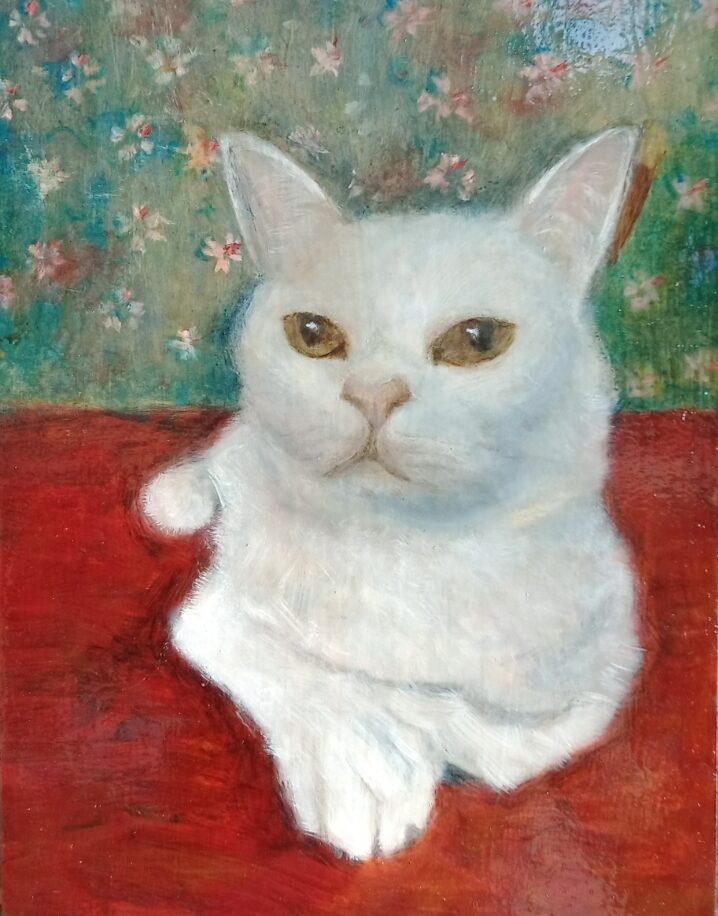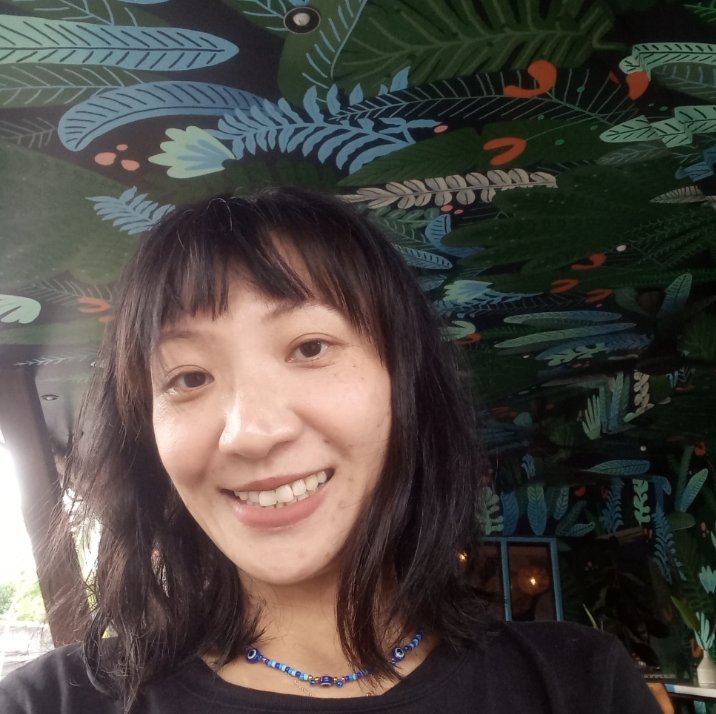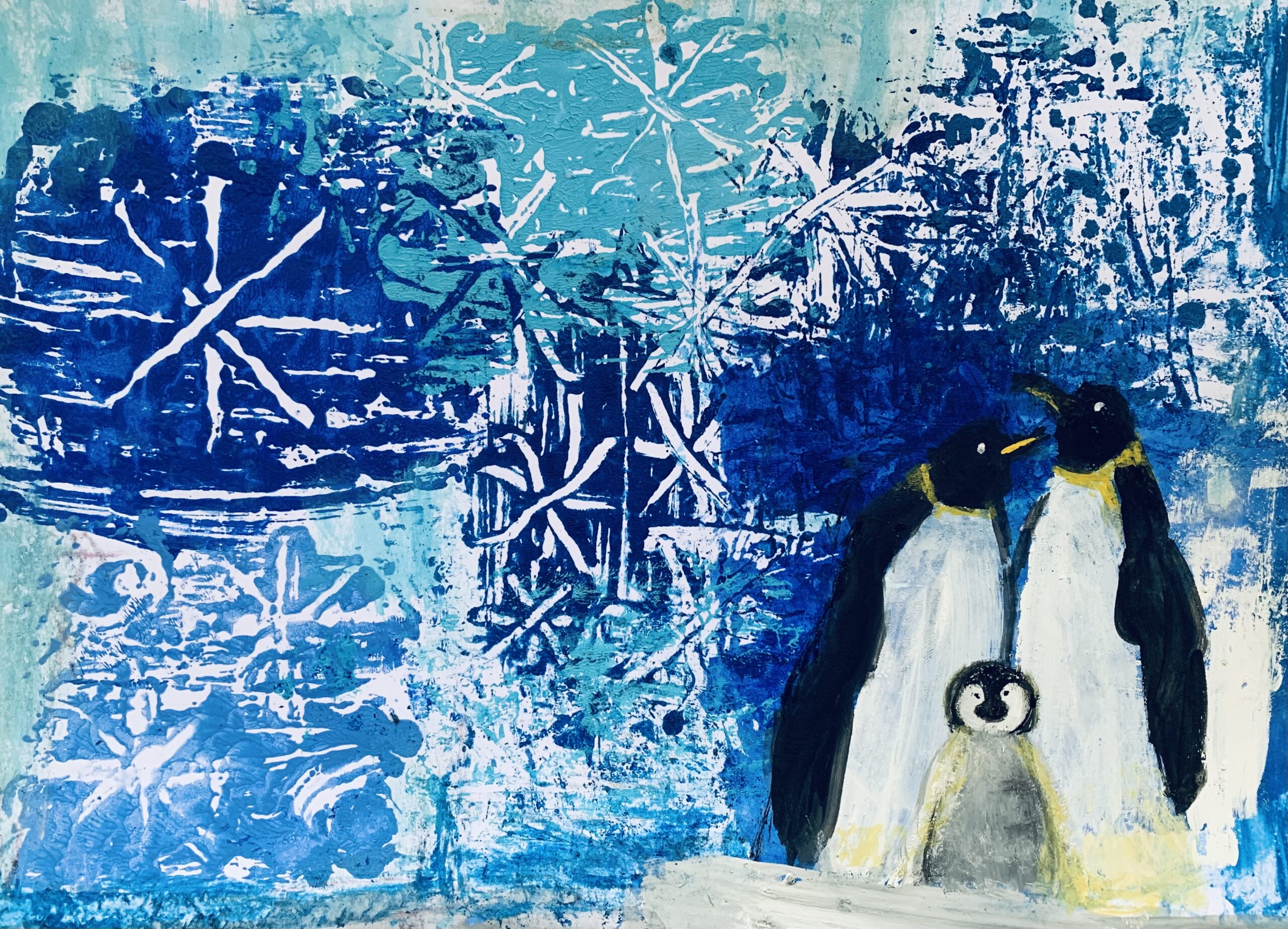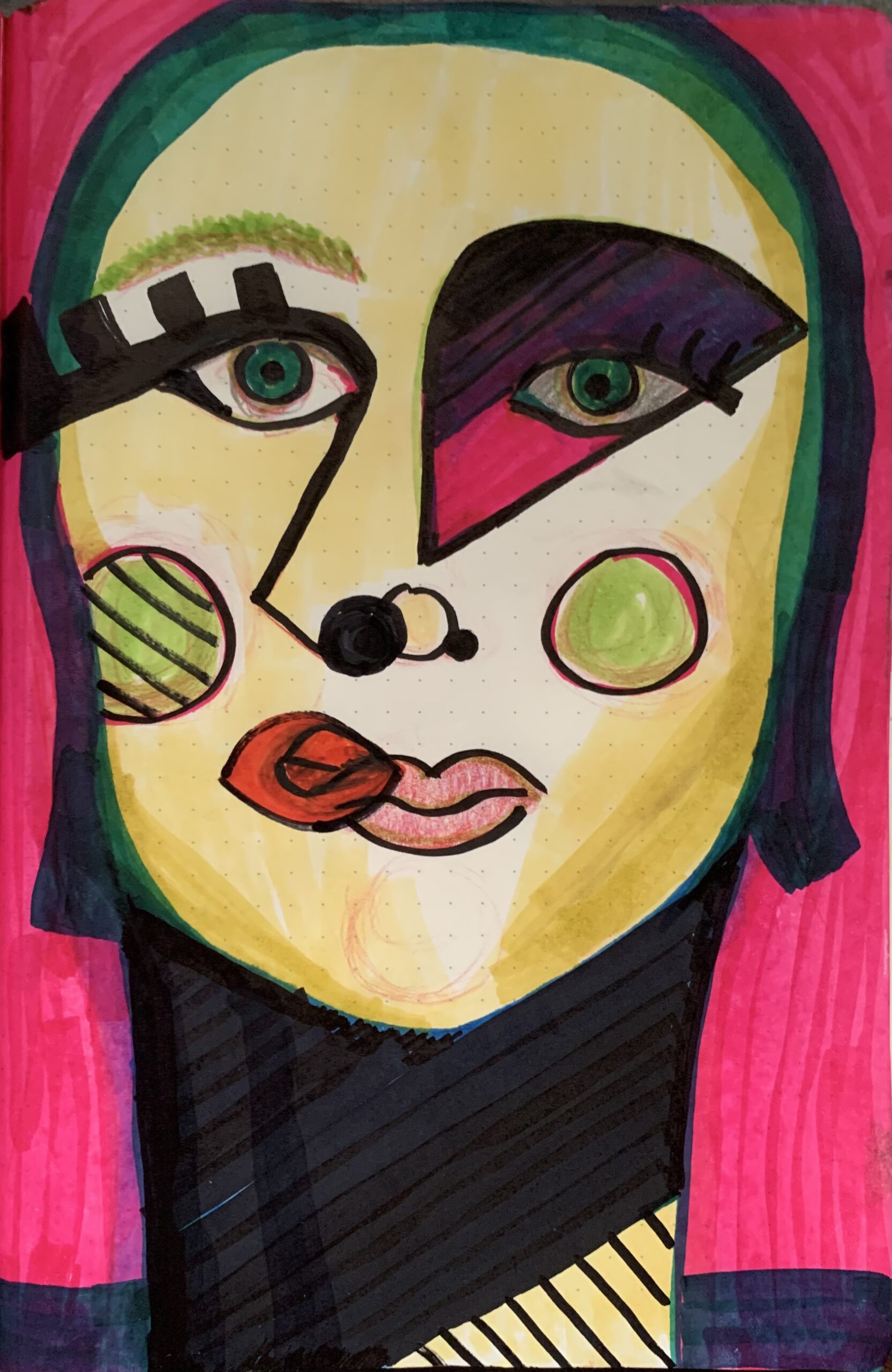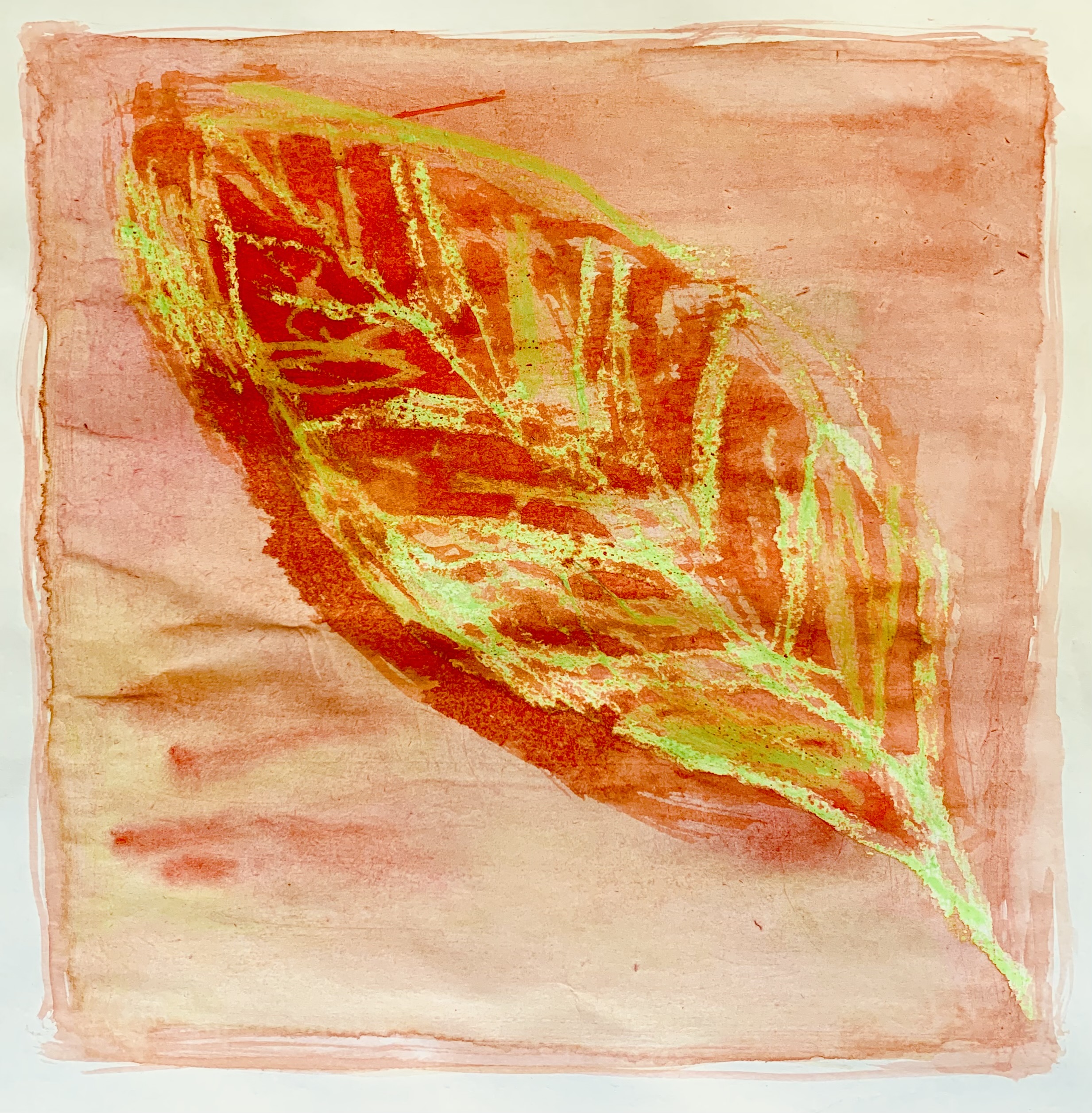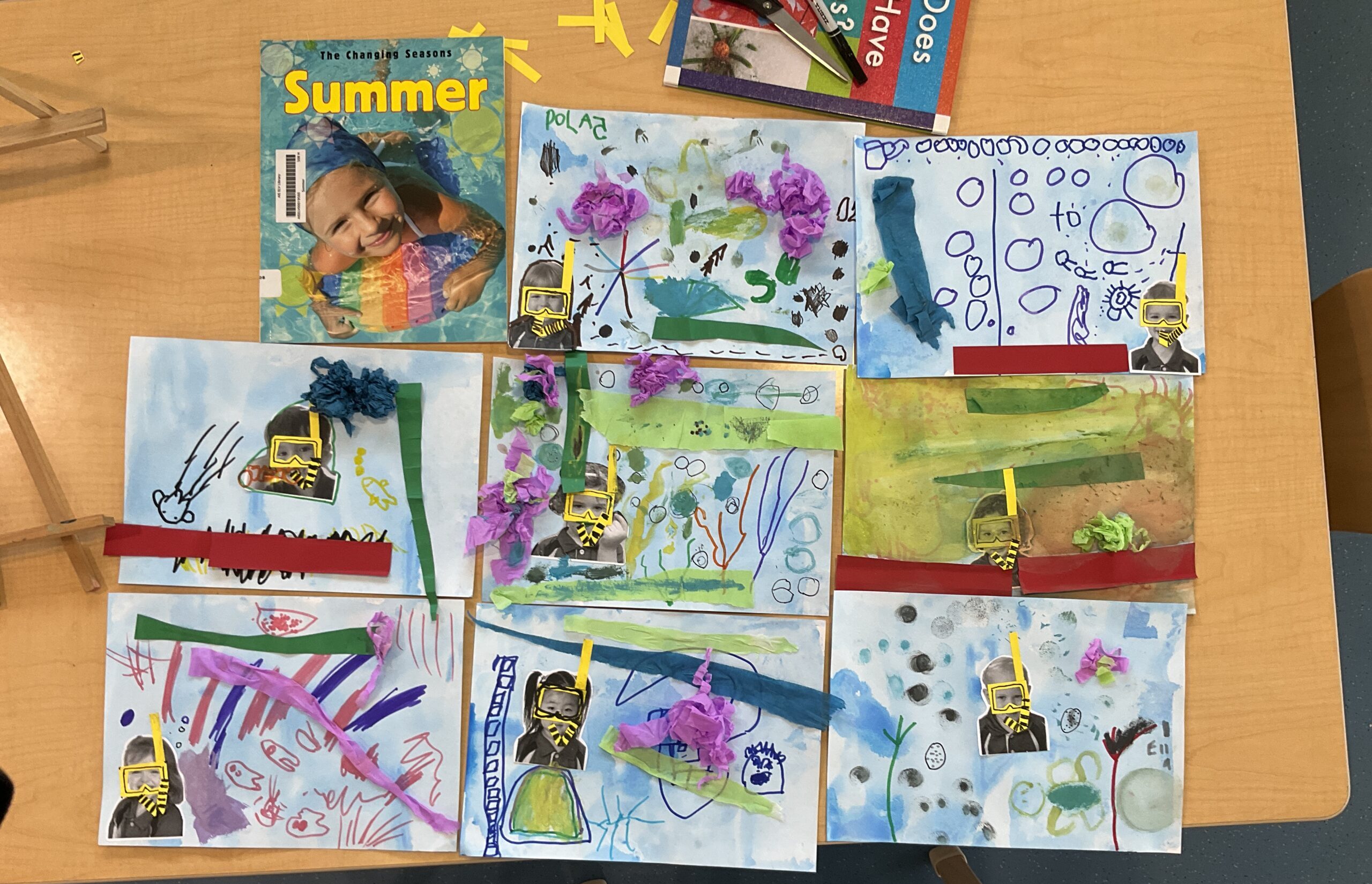🎨 Art Lesson: How to Paint a Furry White Animal in Oils or Acrylics (Using Grisaille Underpainting)
White animals are often deceptively complex to paint. Their fur might seem like it’s “just white,” but in truth, it reflects and refracts a full spectrum of subtle colors—grays, blues, creams, pinks, even lavender and pale greens. To truly capture the softness, depth, and dimensionality of white fur, one of the most effective oil painting techniques is grisaille underpainting.
In this post, we’ll walk through how to paint a furry white animal—whether it’s a Samoyed, a polar bear cub, or an Angora bunny—starting with a grisaille underpainting and working up to glowing whites and ethereal highlights.
🖌 Step 1: Start with a Grisaille Underpainting
What is grisaille?
Grisaille (pronounced grih-zai) is a monochromatic underpainting usually done in shades of gray. It allows you to focus on values—light and dark—before worrying about color. This is crucial for white animals, because the subtle shadows and structure of the fur make or break the realism.


Why it works:
White objects only appear white because of context—light and shadow. Grisaille helps you establish the form of the animal without being distracted by color. It’s like sculpting with paint.
How to do it:
- Sketch your subject lightly in pencil or thinned burnt umber.
- Mix a range of neutral grays using Titanium White and Ivory Black (or Ultramarine Blue + Burnt Umber for a more chromatic gray).
- Begin blocking in the darkest shadows first, gradually building midtones and finally the lightest areas. Leave the brightest highlights (where the fur catches the most light) nearly untouched.
Pro Tip: Use a soft brush and feather the edges to suggest the softness of fur. Think in terms of clumps or tufts of fur, not individual hairs.
🎨 Step 2: Glazing and Layering in Whites and Subtle Color
Once your grisaille underpainting is completely dry (this might take several days depending on your medium), you can begin applying thin layers of color and white to bring the animal to life.
Don’t paint flat white!
Instead of reaching straight for Titanium White, try mixing in or glazing over with these subtle tones:
- Warm Tints:
- Unbleached Titanium for natural creamy whites
- Raw Sienna or Naples Yellow Light mixed in for sunlit warmth
- Touches of Alizarin Crimson for pinkish warmth in ears or around the nose
- Cool Tints:
- Cobalt Blue, Ultramarine, or Cerulean for cool shadows
- Payne’s Gray for richer darks in the fur
- Hints of Lavender, Cool Gray, or even Viridian for reflected environmental light
- Neutrals:
Mix Titanium White with a touch of Burnt Umber or Blue-Gray for middle tones and to avoid chalky-looking whites.
Technique Tips:
- Use a soft, dry brush to blend edges softly and mimic the fluffiness of fur.
- Use glazing (thin transparent layers) to create depth and luminosity over your grisaille.
- Reserve pure white for final highlights on the nose, edge of the ear, or whiskers catching light.
✨ Step 3: Final Details and Highlights
In the final layer, sharpen a few details where necessary—around the eyes, the nose, and any areas where fur changes direction or length.
Use a liner brush with pure Titanium White sparingly to add fine whiskers or glints in the eyes.
Take a step back. Does your white animal feel white, or does it just look flat? If it’s flat, push your shadows deeper with glazes of cool gray or blue. A good white is never just white—it’s the result of a whole world of reflected light and shadow.
🐾 Final Thoughts
Painting white fur isn’t about painting white paint—it’s about painting light and form. Using grisaille underpainting gives your piece structure, and thoughtful layering of whites and tints gives it life. Don’t be afraid to experiment with color in your whites. The secret is in the subtlety.
🎨 Tips for Acrylics
Although the example was painted in oils, if you’re using acrylic paints, you can still follow the same steps. Acrylic paints dry fast so a medium that slows down drying time and leaves the paint workable or “open” longer is needed to be able to blend colors smoothly to create a realistic furry texture.


